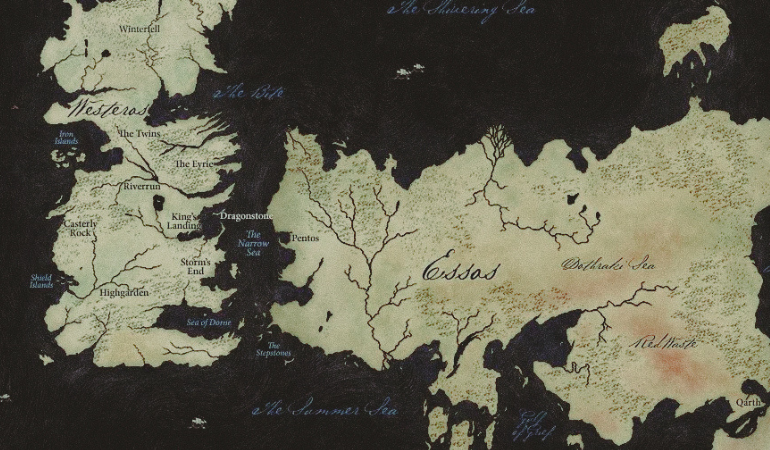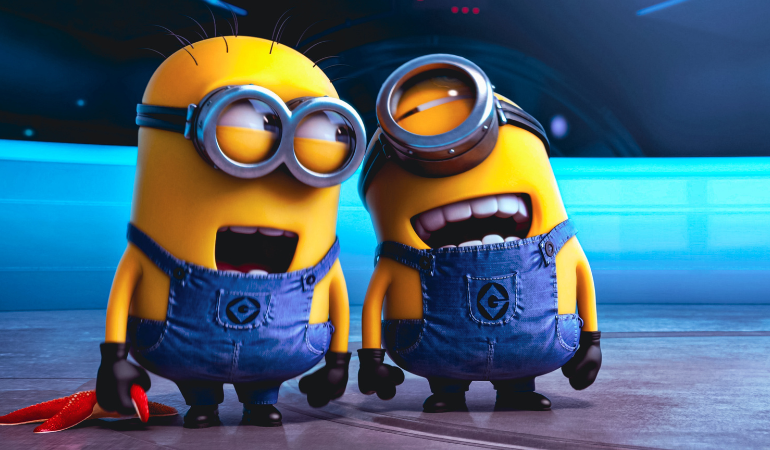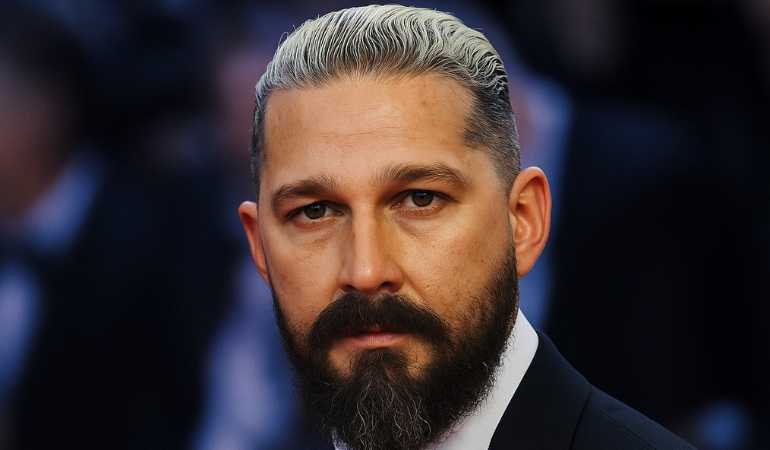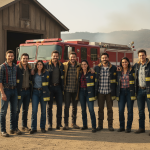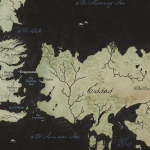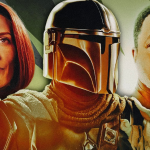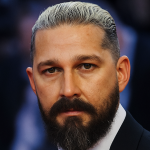Now Reading: Who Made the Galaxy Come to Life? The Mandalorian Cast
-
01
Who Made the Galaxy Come to Life? The Mandalorian Cast
Who Made the Galaxy Come to Life? The Mandalorian Cast
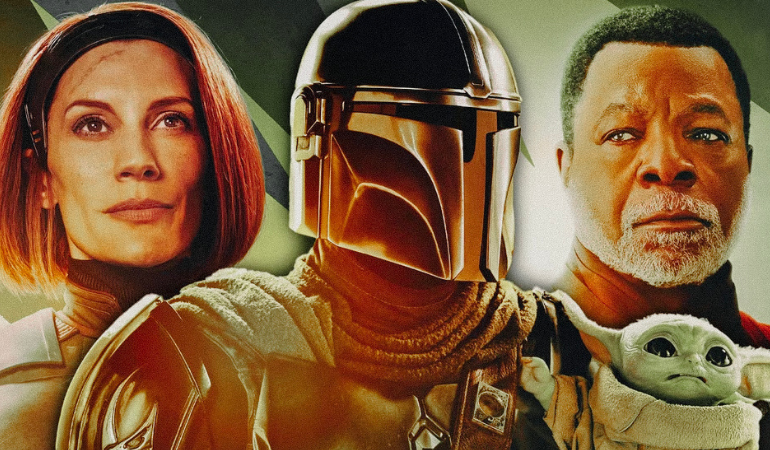
The Mandalorian has transformed from a fringe Star Wars spinoff into a cultural phenomenon because to its ensemble, which has become a draw in and of itself. The success of the show depends on the skill of its characters, whether you’re watching for baby Yoda (Grogu), the Mandalorian himself, or a changing cast of allies and enemies. From leads to guest stars, we’ll introduce you to the whole cast in this post. We’ll also look at how they were chosen, offer behind-the-scenes stories, and examine how the group affected the show’s response.
You will benefit:
- Dissection of the main character and regular cast members of Mandalorian
- Details about the casting decisions that were made
- Prominent performances, difficulties, and disputes
- Brief case studies of breakout performers
- “Who plays baby Yoda?” FAQs and more
Let’s explore the galaxy and get to know every face that makes The Mandalorian come to life, both real and hidden.
Mandalorian Cast Structure Overview
It’s helpful to know how the cast structure is set up before we go character by character. The Mandalorian is dependent upon:
- Core leads are individuals who are featured in or have a significant impact on the majority of episodes.
- Characters that appear frequently yet in subordinate roles over seasons.
- Cameos and guest stars are frequently selected from the wider Star Wars universe.
With the leads, that layering provides the show stability, and with guest appearances, it adds novelty.
A few cast members also play voice-only, motion-capture, or heavily prosthetic parts. For The Mandalorian, casting was based on a variety of factors, including voice, stunt skills, and physical presence.
Important Mandalorian Cast Members
The most well-known actors from The Mandalorian are listed below, along with their parts and noteworthy details.
The Mandalorian’s Din Djarin, played by Pedro Pascal
The Mandalorian’s voice, or rather face, is Pedro Pascal. Pascal helps out with voice and performance capture, although the character hardly ever takes off his helmet.
- Casting note: Even with few observable facial indications, the producers needed someone who could portray depth.
- Challenges: Pascal had to use timing and tone alone to convey emotion because his face was obscured.
- Trivia: The actual battle scenes are frequently performed by body actors and stunt doubles, even if Pascal delivers the voice.
The series is anchored by Pascal’s warmth and gravity.
“Baby Yoda” and Grogu Actors
The character Grogu, sometimes known as “Baby Yoda,” is among the most enigmatic. A combination of puppetry, animatronics, and computer-generated imagery is used to bring this character to life.
- Performers and puppeteers: The mechanical puppet on set is operated by a committed crew.
- Voice/sound: Grogu’s noises and coos are sound-designed; no single “voice actor” is given credit.
- Effect: Grogu’s emotional bond with the Mandalorian made the character a breakthrough star despite his limited vocalization.
Despite lacking a conventional “actor,” Grogu’s “cast” consists of the sound designers, visual effects team, and puppet operators.
Cara Dune, played by Gina Carano
Cara Dune, a former Rebel shock trooper who became an ally and mercenary, was portrayed by Gina Carano.
- Casting: Carano was well-known in the MMA community and was a good fit because of her physique.
- Arc: Cara grows to be one of Din Djarin’s most dependable friends over the course of two seasons.
- Controversy: Carano’s controversial remarks on social media caused Lucasfilm to fire her in 2021, which had an impact on her long-term status in upcoming seasons.
Cara Dune’s involvement is still renowned in Mandalorian lore despite the contentious ending.
Greef Karga, played by Carl Weathers
Greef Karga, portrayed by Carl Weathers, is a guild leader at first who subsequently forms an alliance with the Mandalorian.
- Dual role: Weathers contributed perspectives from both sides of the camera by directing a few episodes in Seasons 1 and 2.
- Dynamic: One of the most compelling storylines in the series is his transformation from enemy to ally.
- Background: Weathers, a seasoned actor with roles in Rocky and Predator, gives Karga personality and depth, elevating him above a supporting part.
Moff Gideon, played by Giancarlo Esposito
The main antagonist of the series, Moff Gideon, is portrayed by Giancarlo Esposito.
- Casting vision: The writers were looking for a character who could portray both brilliance and regal danger.
- Performance: Esposito comes off as a big-bad danger because of his cool, collected manner, which gives even the quietest moments more weight.
- Iconic moment: His use of the Darksaber, a key piece of lore, solidifies his status in Star Wars mythology.
Bo-Katan Kryze, played by Katee Sackhoff
Katee Sackhoff plays Bo-Katan, a Mandalorian warrior from the animated lore who makes the switch to live-action, but she makes an appearance later.
- Fan casting: Sackhoff was chosen by the showrunners because she is already connected to Star Wars: Rebels’ Mandalorian mythology.
- Performance: She explores Mandalorian identity and allegiance by fusing authority, longing, and conflict.
Recurring Cast: Emily Swallow, Carl Weathers, and Others
Numerous recurrent actors have important roles outside of the core:
- Emily Swallow as The Armorer: a mentor and spiritual guide in the Mandalorian tradition.
- Ming-Na Wen as Fennec Shand: an assassin who forms an alliance with the Mandalorian.
- Amy Sedaris as Peli Motto: a Mos Eisley mechanic who assists with repairs.
- Omid Abtahi as Dr. Pershing: linked to cloning and Imperial experiments.
- Bill Burr as Mayfeld: a rogue mercenary with a dubious moral compass.
Though not always in the spotlight, each adds dimension to the narrative.
The Selection Process for the Mandalorian Cast
Establishing Principles & Priorities
Casting The Mandalorian has a number of limitations and objectives:
- Physical vs. vocal presence: Voice was more important than facial acting for masked figures such as Din Djarin.
- Ability and poise when wearing gear: A lot of sequences call for motion capture outfits, armor, helmets, or large props.
- Star appeal vs. ensemble humility: They needed names to generate attention, but also room for surprises.
- Cross-media consistency: It was crucial to preserve continuity when transforming characters from animated Star Wars series.
For some jobs, the casting crew reportedly held simultaneous auditions for voice actors, stunt performers, and physical actors.
Moving Past Animated Lore
Bo-Katan and Fennec Shand are two examples of characters that had their origins in animated Star Wars series. The casting task was to identify performers who:
- Fit fans’ assumptions
- Were able to support live-action requests
- Could contribute something original rather than just imitate
Sackhoff and Wen’s casting was therefore a deliberate choice to connect the animated and real worlds.
Star Power & Guest Appearances
The Mandalorian has used crossovers and celebrity appearances to thrill viewers season after season. For example:
- Mark Hamill (voice only) appeared in Season 2.
- Michael Biehn made brief appearances.
- Kelly Marie Tran appeared in Season 3.
These cameos highlight new episodes and maintain the cast’s dynamism.
Highlights & Cast Changes by Season
The dynamics of the cast changed as the series went on. A mini-summary by season is shown below.
First Season
- Presents the core: Carl Weathers, Gina Carano, and Pedro Pascal.
- Guest highlights: Julia Jones and Werner Herzog.
- Creates Grogu and forms important partnerships.
Season Two
- Introduces Giancarlo Esposito as Gideon.
- Brings in Bo-Katan’s Katee Sackhoff.
- Expands recurring roles: Emily Swallow, Ming-Na Wen.
- Includes more references to Star Wars mythology.
Beyond Season 3
- Gina Carano is no longer a member of the cast due to controversies.
- Rosario Dawson as Ahsoka and extended roles for Fennec and Bo-Katan.
- The ensemble becomes increasingly varied.
Casting choices for each season reflect changing narrative objectives, such as expanding to the wider galaxy or emphasizing the Mandalorian mythos more.
Notable Acts & Case Studies
Pedro Pascal: The Subtle Emotional Undertones of a Helmet
Leading actors hardly ever perform with their faces visible. Pascal, however:
- Employs gentle inflection, pauses, and strategically placed silences.
- Conveys scenes without the use of visual clues.
- Uses modest tone changes to convey disagreement, concern, or authority.
Even with the helmet on, many viewers claim to feel Pascal’s emotion.
Giancarlo Esposito — A Whispered Villain
Esposito’s Gideon frequently speaks softly, contrasting with his threat. He only needs to be present; big gestures aren’t necessary — his composure alone chills.
Emily Swallow — The Silent Strength of the Armorer
Swallow communicates authority, knowledge, and emotional depth with few lines and little physical visibility. Her work demonstrates that in ensemble casts, less really is more.
Difficulties, Obstacles, and Restrictions
No casting procedure is perfect. Among the main difficulties in putting together the cast of The Mandalorian are:
- Big names vs. ensemble coherence: Too many stars could overpower the narrative, while too few could reduce appeal.
- Public perception and controversy: Gina Carano’s dismissal shows studios must balance reputation and talent.
- Masked or non-speaking roles: Require inventive solutions to prevent detachment.
- Scheduling conflicts: As actors grow in fame, coordination becomes tougher.
- Fan expectations: Devoted Star Wars fans often have strong feelings about legacy character casting.
Casting is always a combination of art, negotiation, and foresight.
The Mandalorian Cast’s Effect on the Success of the Show
Star Identification and Brand Building
The Mandalorian cast enables viewers to connect with specific faces or voices. Fan loyalty, merchandising opportunities, and rewatch value all benefit from that connection.
Representation and Diversity
The cast is diverse in gender, ethnicity, and theatrical background (film, TV, voice acting). This inclusivity makes the show feel modern and broad.
Appeal to Crossover
The ensemble bridges old and new audiences by incorporating characters from other Star Wars media, enhancing engagement and social buzz.
Developing Talent and Elevating Stars
Actors like Katee Sackhoff and Giancarlo Esposito gain renewed exposure, connecting with broader and younger audiences.
Ways to Learn More About the Mandalorian Cast
Here are some suggestions for further exploration if you’re a fan or scholar:
- Watch behind-the-scenes featurettes: Many streaming services include “making-of” videos showing rehearsals, actor insights, and casting stories.
- Compare animated vs. live-action portrayals: Notice differences in delivery and tone.
- Track career paths: See how cast members evolved post-Mandalorian (e.g., Pedro Pascal, Gina Carano).
- Read interviews and fan forums: Actors often reveal insights at panels.
- Script to screen analysis: Compare scripts to final cuts; casting often shapes dialogue and emotional delivery.
These explorations deepen your appreciation for how much casting drives The Mandalorian’s storytelling.
Brief Synopsis & Conclusions
- The Mandalorian cast mixes major, recurring, and guest actors who give life to masked, vocal, and silent roles.
- Pedro Pascal anchors the show; Emily Swallow shows quiet power; Giancarlo Esposito defines villainy.
- Casting balances vocal, physical, and stunt talent.
- The ensemble evolves each season, reflecting new arcs.
- The cast’s diversity enhances branding, emotion, and audience growth.
In Conclusion
The cast of The Mandalorian is more than just a list of performers; they are a carefully planned ensemble whose performances, diversity, and unity define the show. Every member — from Emily Swallow’s presence behind a mask to Pedro Pascal’s voice work — adds artistry within the story’s constraints.
As the series progresses, expect new faces, daring casting, and shifting dynamics. Whether you’re a fan or content strategist, understanding the cast shows that in sci-fi storytelling, who wears the mask matters almost as much as what’s behind it.
FAQs
Q1: Who makes up the cast of Mandalorian?
Ming-Na Wen (Fennec Shand), Katee Sackhoff (Bo-Katan), Carl Weathers (Greef Karga), Emily Swallow (The Armorer), Pedro Pascal (Din Djarin), Gina Carano (Cara Dune), and Giancarlo Esposito (Moff Gideon) are among the cast members of The Mandalorian.
Q2: Who in the Mandalorian cast is Baby Yoda’s voice actor or voice?
Grogu (Baby Yoda) is portrayed through animatronics, puppetry, CGI, and sound design — the role is a collaborative effort rather than a single “voice actor.”
Q3: For what reason did Gina Carano leave the Mandalorian cast?
After Gina Carano made contentious remarks on social media, Lucasfilm severed its relationship with her. Her dismissal was due to reputation management, not narrative choice.
Q4: Which cast member from Mandalorian also served as an episode director?
Carl Weathers (Greef Karga) directed several episodes in Seasons 1 and 2, offering insight from both sides of the camera.
Q5: Does the Mandalorian cast include any cameos from other Star Wars films?
Yes. Cameos include Mark Hamill (voice), Rosario Dawson (Ahsoka), and characters from animated series like Bo-Katan and Fennec Shand.Q6: What changes have you seen in the Mandalorian cast over the years?
Some members leave (like Gina Carano), new ones join (like Rosario Dawson), and roles evolve to match storylines in the broader Star Wars universe.

